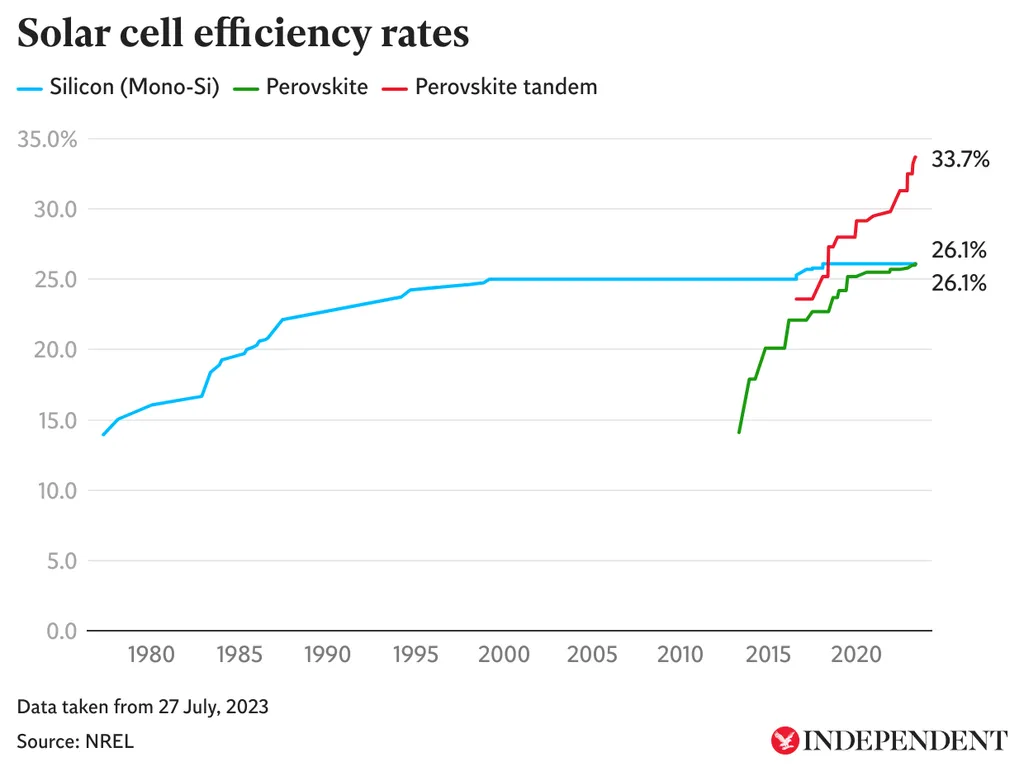In the quest for more efficient and cost-effective solar energy solutions, researchers have been exploring the unique properties of perovskite solar cells (PSCs). A recent study published in *Information & Functional Materials* (translated as *Information and Functional Materials*), led by Tie Zhang from the State Key Laboratory of Silicon and Advanced Semiconductor Materials at Zhejiang University, sheds light on the promising integration of ferroelectricity with PSCs, potentially revolutionizing the energy sector.
Perovskite solar cells have garnered significant attention due to their excellent optoelectronic properties. However, the latest research highlights an additional dimension: the ferroelectric properties of perovskite crystalline structures. Ferroelectricity, a phenomenon where materials exhibit spontaneous electric polarization that can be reversed by an external electric field, can be harnessed to enhance the performance of PSCs.
Zhang and his team classified the ferroelectric perovskite solar cells into three regimes based on the degree of phase segregation: layer-structured ferroelectric/halide perovskite composite, micro phase-separated ferroelectric/halide perovskite composite, and intrinsic ferroelectric halide perovskite composite. Each structure offers unique optoelectronic properties, significantly boosting the device performance of PSCs.
“The most prominent contribution of ferroelectricity is that it can provide an extra electrical field to drive charge generation, transport, and collection,” Zhang explained. This additional electrical field can enhance the efficiency of solar cells, making them more competitive in the energy market.
The integration of ferroelectricity with photovoltaics presents a novel approach to improving solar cell technology. By leveraging the built-in potential and dipole moments of ferroelectric materials, researchers can optimize carrier dynamics within the solar cells, leading to better overall performance.
“This research opens up new avenues for the commercialization of perovskite solar cells,” Zhang noted. “The enhanced efficiency and stability offered by ferroelectricity can make PSCs a more viable option for large-scale solar energy deployment.”
The study also discusses the key challenges and opportunities in this emerging field. As the understanding of ferroelectricity in perovskite materials deepens, the potential for innovation in solar technology grows. The research published in *Information and Functional Materials* not only accelerates the establishment of basic theories in ferroelectricity but also paves the way for more efficient and cost-effective solar energy solutions.
As the energy sector continues to evolve, the integration of ferroelectricity with photovoltaics could be a game-changer. By addressing the current limitations and capitalizing on the unique properties of ferroelectric perovskite solar cells, researchers are paving the way for a more sustainable and energy-efficient future. The work by Zhang and his team is a significant step forward in this exciting and rapidly developing field.

